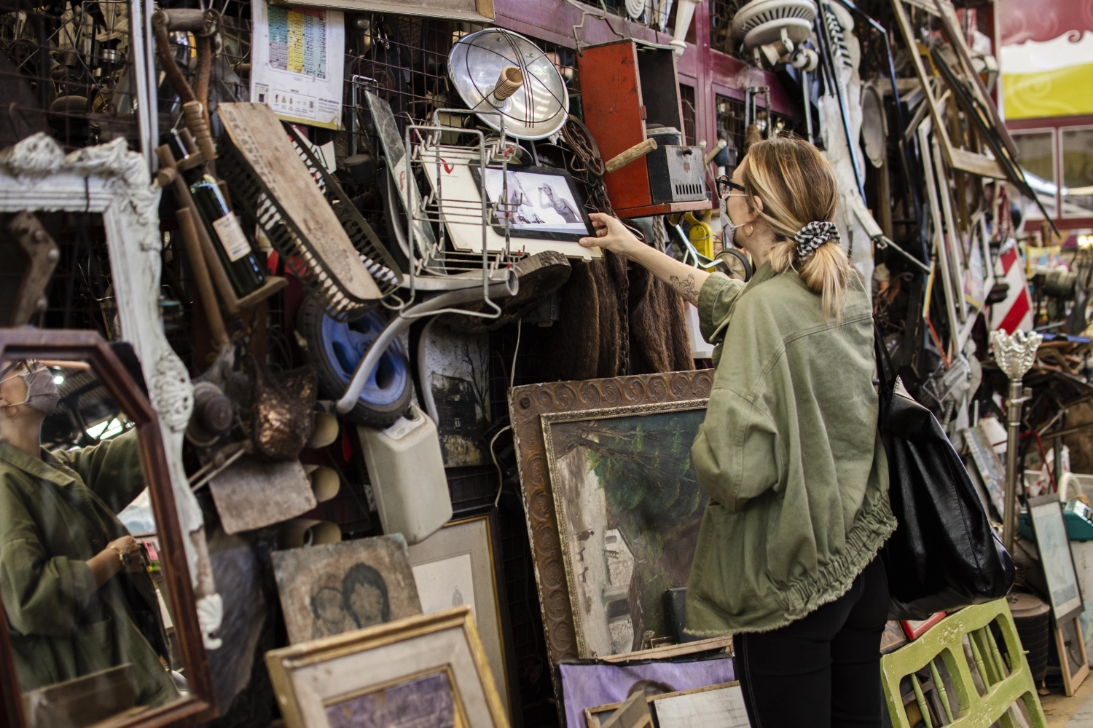In today’s world, the concept of sustainability has become increasingly important, with people looking for ways to reduce their impact on the environment. One of the most effective ways to achieve this is by practicing secondhand shopping, which involves buying and selling used goods. Pawnshops play a vital role in facilitating secondhand shopping by providing an accessible and affordable marketplace for buyers and sellers.
Pawnshops have been around for centuries, with the earliest records dating back to ancient China, where they were used as a means of providing credit to farmers. Over time, pawnshops spread across the world, and their purpose evolved to meet the needs of their local communities. Today, pawnshops can be found in almost every country, providing a wide range of services to their customers.

Pawnshops and the Circular Economy
Pawnshops are a key player in the circular economy, which is a model that aims to reduce waste and maximize the use of resources. The circular economy is based on the principles of reuse, repair, refurbishment, and recycling. By keeping products and materials in use for as long as possible, the circular economy helps to reduce waste and conserve natural resources.
Pawnshops play an essential role in the circular economy by providing a marketplace for used goods. When people bring items to a pawnshop, they are giving those items a second chance. Rather than throwing them away, these items can be resold, repaired, or recycled, thus keeping them in use for longer.
Pawnshops are also an important source of affordable goods, which is critical in a world where the cost of living continues to rise. By offering used goods at lower prices, pawnshops make it possible for people with limited budgets to buy the things they need. This is particularly important in developing countries, where access to basic necessities can be a challenge.
Environmental Benefits of Secondhand Shopping
There are many environmental benefits to secondhand shopping. For one, it reduces the amount of waste that ends up in landfills. In the United States alone, it’s estimated that 14.3 million tons of textiles were generated in 2018, and only 2.9 million tons of that was recycled. By buying secondhand clothing from pawnshops, you can help to reduce this waste.
Secondhand shopping also reduces the demand for new products, which in turn reduces the amount of resources needed to produce those products. This includes the energy and water needed to manufacture new products, as well as the raw materials required.
The Social Benefits of Secondhand Shopping
In addition to the environmental benefits, there are also social benefits to secondhand shopping. For one, it can be more affordable than buying new items. This makes it accessible to people who cannot afford new products.
Secondhand shopping also provides a way to support local businesses, such as pawnshops. By shopping at a pawnshop, you are supporting a local business that is likely owned and operated by people in your community.
Here are some of the social benefits of secondhand shopping:
- Encouraging Creativity
Secondhand shopping allows consumers to express their individuality and creativity by finding unique items that are not available in mainstream retail stores. Whether it’s a vintage dress or a one-of-a-kind piece of furniture, secondhand shopping allows consumers to create a unique look that reflects their personality. - Promoting Sustainable Practices
Secondhand shopping is an excellent way to promote sustainable practices and reduce waste. By purchasing used items, consumers are reducing the demand for new products, which helps to conserve resources and reduce the environmental impact of manufacturing. Additionally, shopping at thrift stores and other secondhand shops supports the circular economy by keeping products in use for as long as possible. - Making Fashion More Inclusive
Secondhand shopping provides an opportunity for people of all sizes, shapes, and backgrounds to find clothing that fits their style and budget. Many secondhand shops offer a wide range of sizes and styles, providing an inclusive shopping experience that is not always available in traditional retail stores.
The Future of Secondhand Shopping
As the world becomes more focused on sustainability and reducing waste, it’s likely that secondhand shopping will continue to grow in popularity. In fact, the secondhand market is projected to reach $64 billion in the United States by 2024.
Pawnshops will likely continue to be an important player in the secondhand market. They provide a way for people to buy and sell used goods, and they are often a more affordable and accessible option than traditional thrift stores.
Conclusion
Pawnshops play a vital role in sustainable consumption by providing a marketplace for used goods. Secondhand shopping has many environmental and social benefits, reducing waste and conserving resources while also providing access to affordable goods. As the secondhand market continues to grow, pawnshops will remain a crucial part of the circular economy, helping to reduce waste and promote sustainable consumption.
The importance of secondhand shopping cannot be overstated, especially in today’s world where environmental and social issues are at the forefront of global concerns. By choosing to shop at pawnshops and other secondhand stores, consumers can help to reduce their impact on the environment, support local businesses, and promote a more sustainable future for all.



